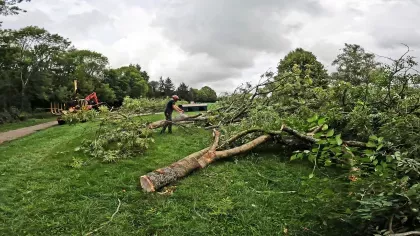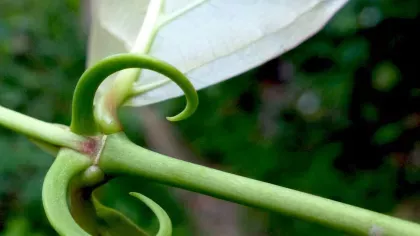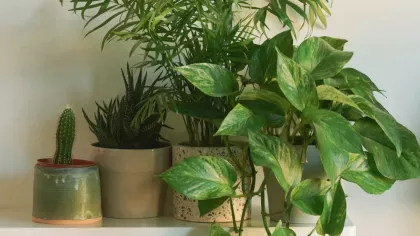8 May 2023
How to be a plant health champion
Discover how you can support the health and sustainability of the plants around you, both at home and in nature.

It goes without saying that we love our plants here at Kew.
Not only do they provide us with delicious food and all-important oxygen, but they also help with mental wellbeing and can reduce stress.
Whether you’re wandering through ancient woodland, or enjoying a potted snake plant at home, here are some tips to help you look after your plant friends.
Keep an eye out for ash dieback
All across the UK, ash trees (Fraxinus excelsior) are under threat from ash dieback disease. What starts as wilted leaves and dark lesions on tree bark can eventually lead to the death of the entire tree.
First reported in 2002 in Poland, the disease has quickly spread across Europe at an alarming rate, invading ash trees in forests and urban areas including Wakehurst, Kew’s wild botanic garden in West Sussex.
Scientists and horticulturalists at Kew and Wakehurst are currently investigating new ways to halt the spread of the disease.
What are the warning signs of ash dieback?
- diamond-shaped dark lesions on the bark
- black, shrivelled and wilted leaves and shoots in the summer
- brown stalks and veins
- dieback of twigs and shoots in the crown of mature trees.
If you find an ash tree you suspect has been infected with ash dieback, it’s important to report it via the Forest Research TreeAlert website.
Buy plants responsibly
We all love getting new plants, whether for the house or the garden, but it’s important we’re buying plants in a responsible way.
One of the best ways to do this is to buy from established and trusted nurseries. Find out if they grow their plants from seed, which can sometimes be found on the nursery website. You might also find out they are a member of accreditation schemes such as Plant Healthy.
Another way to make sure your plant care is eco-friendly is to avoid composts that contain peat, soil rich in decayed plant matter, which cumulatively stores around 550 gigatonnes of carbon across the world.
As this peat is dug out of the ground for composting and other uses, we’re freeing this carbon into the atmosphere, and speeding up the process of climate change.
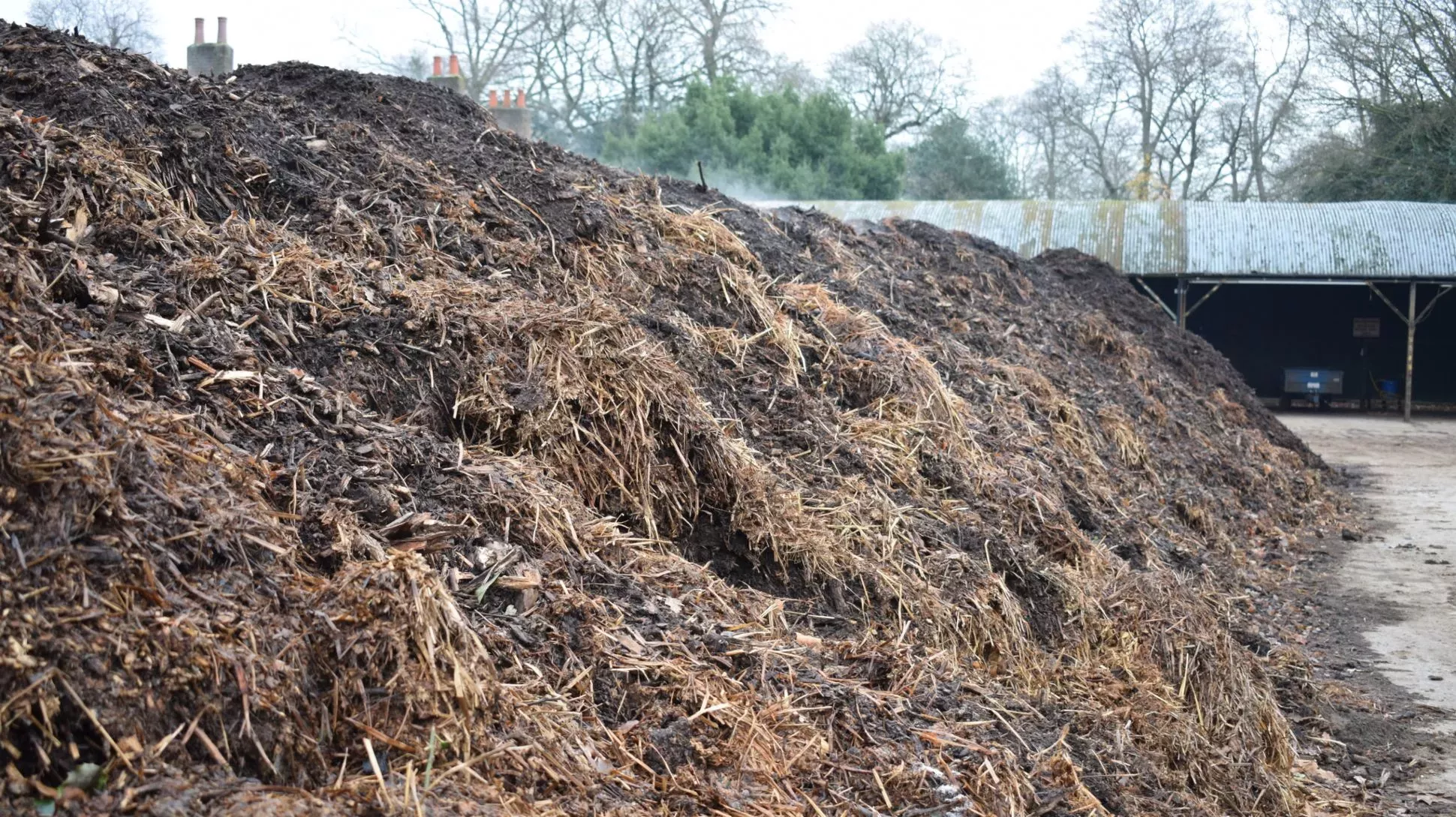
It’s also important to know the laws and regulations pertaining to plant sales and purchases in their native area or country. For example, some plants may be protected by law and cannot be sold or transported across borders without proper permits.
Did you know that all orchids, cacti and most carnivorous plants are protected by CITES (Convention on International Trade in Endangered Species of Wild Fauna and Flora), even if they are cultivated?
Don’t be afraid to ask the vendor questions about where they source their plants from and how they have been grown – reputable vendors will be happy to answer them!
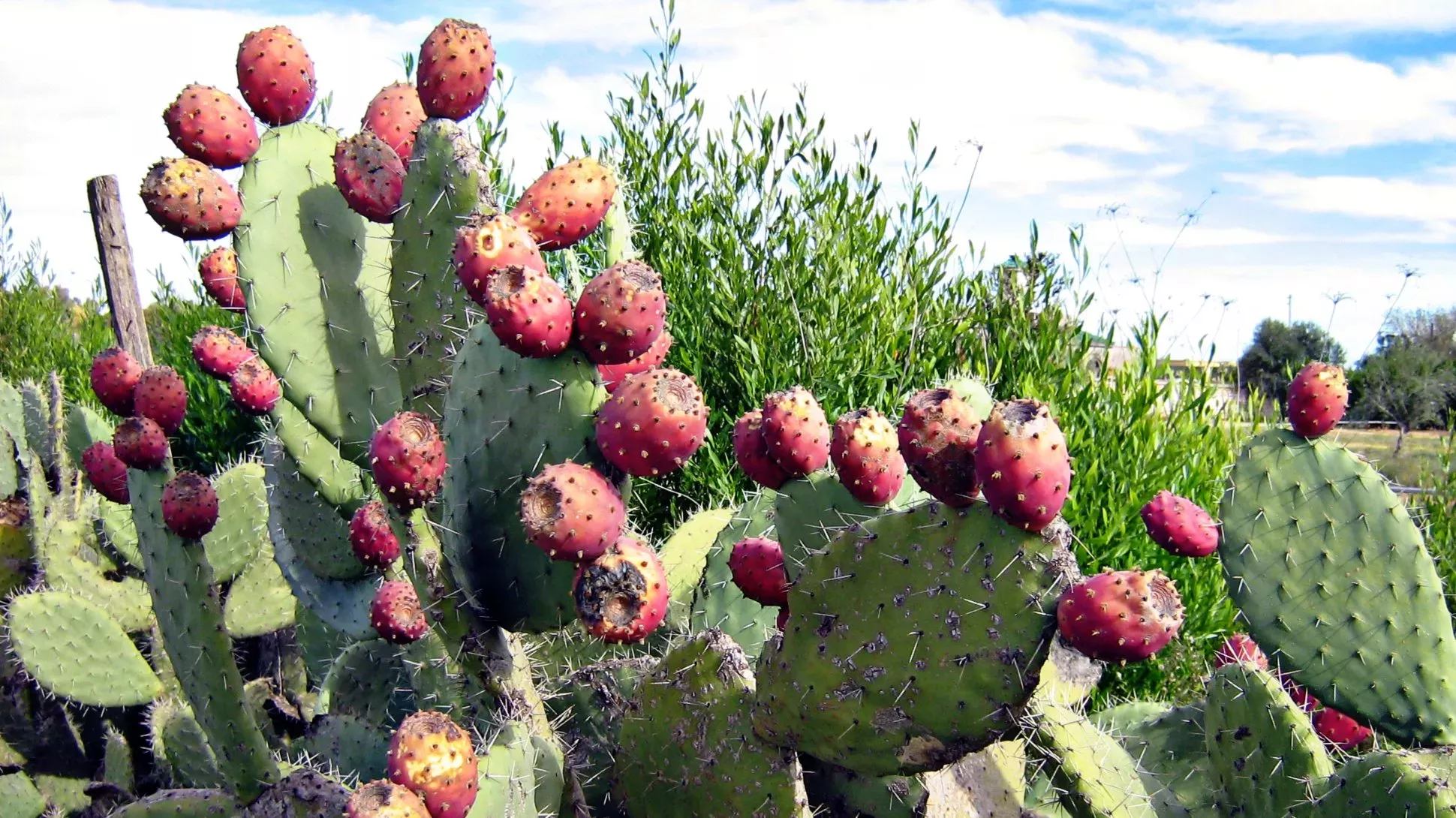
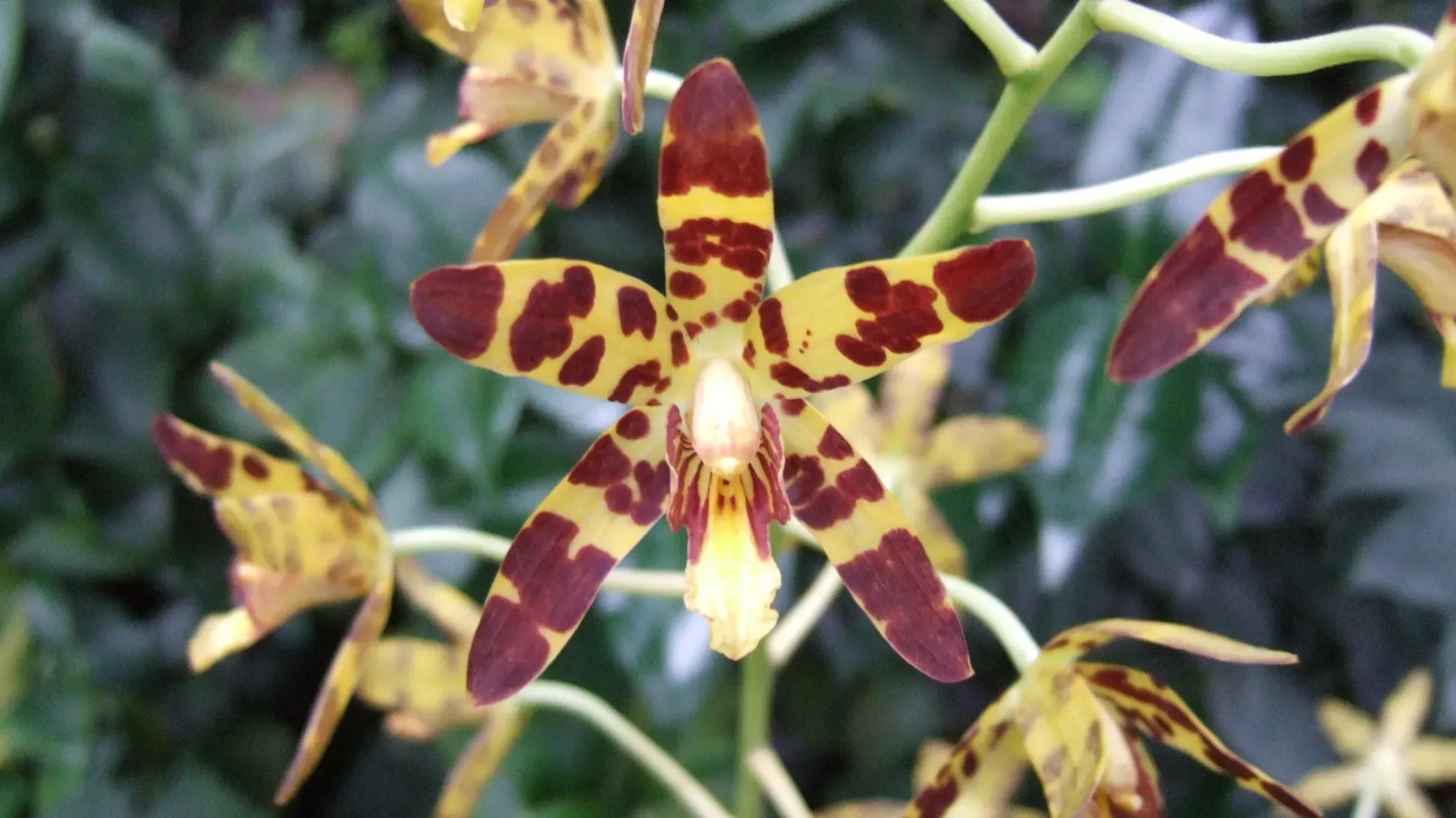
Clean your shoes!
Plant matter, like seeds or roots, is always on the lookout for ways to travel. Over millions of years, plants have evolved ingenious methods to spread across larger areas.
From velcro-like burrs to the helicopter seeds of sycamores, plants have evolved to make use of the world around them to distribute their offspring far and wide.
Which is why to plants, human beings are a dream come true. We journey across huge stretches of the world, moving between biomes as easily as we jump into a car or a plane.
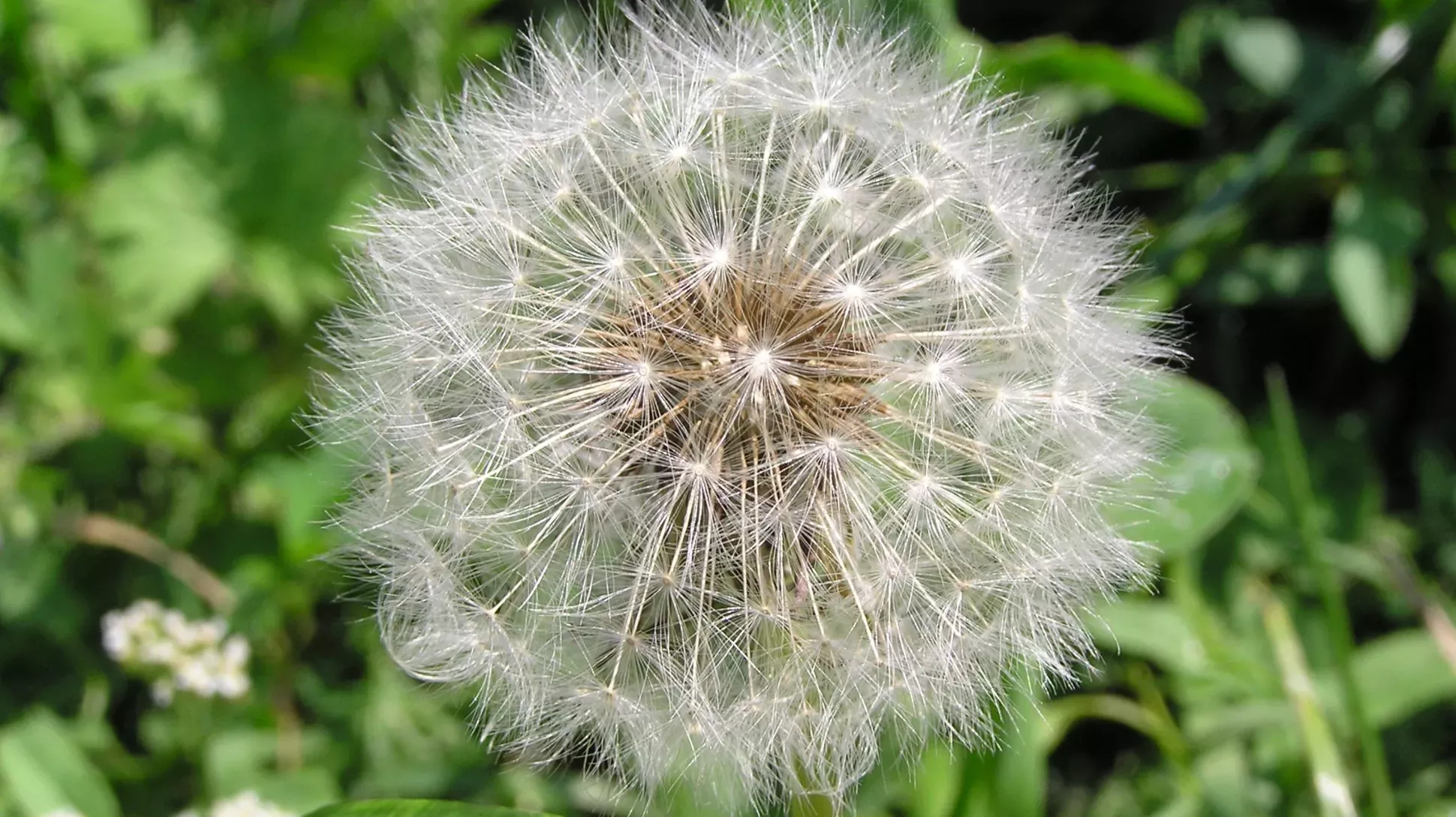
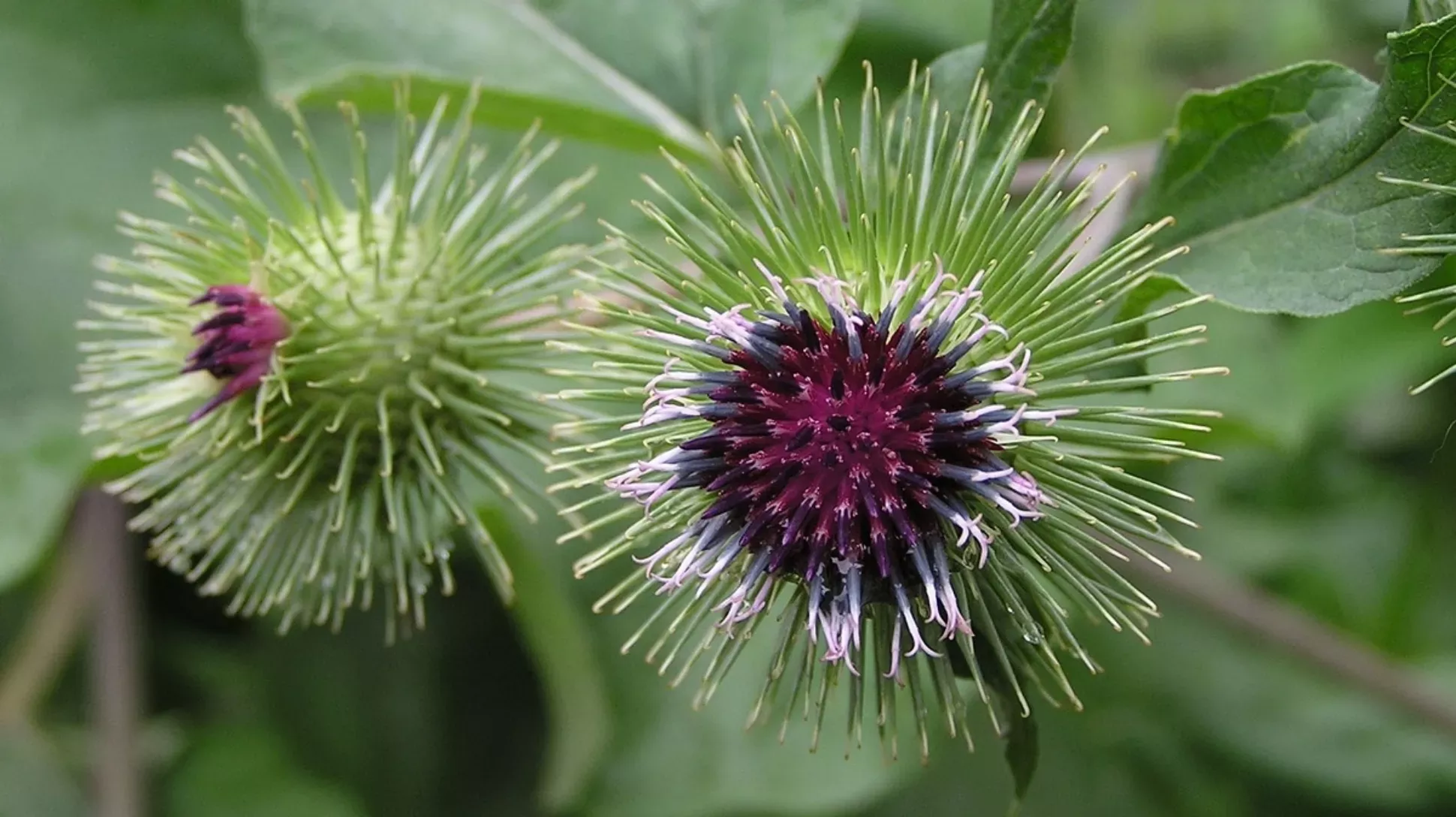
So how do we stop these unwanted hitch-hikers?
Seeds and other parts of plants can cling to clothes, so make sure you keep an eye out for those if you are moving between countries. Cleaning your shoes as you travel internationally is vitally important to stop the spread of potentially invasive plants.
The dirt and mud that builds up in shoe treads can contain microscopic seeds that are still viable to sprout. To make sure they’re stopped in your tracks, make sure to brush away any visible dirt, then wash with water to ensure all traces are removed.
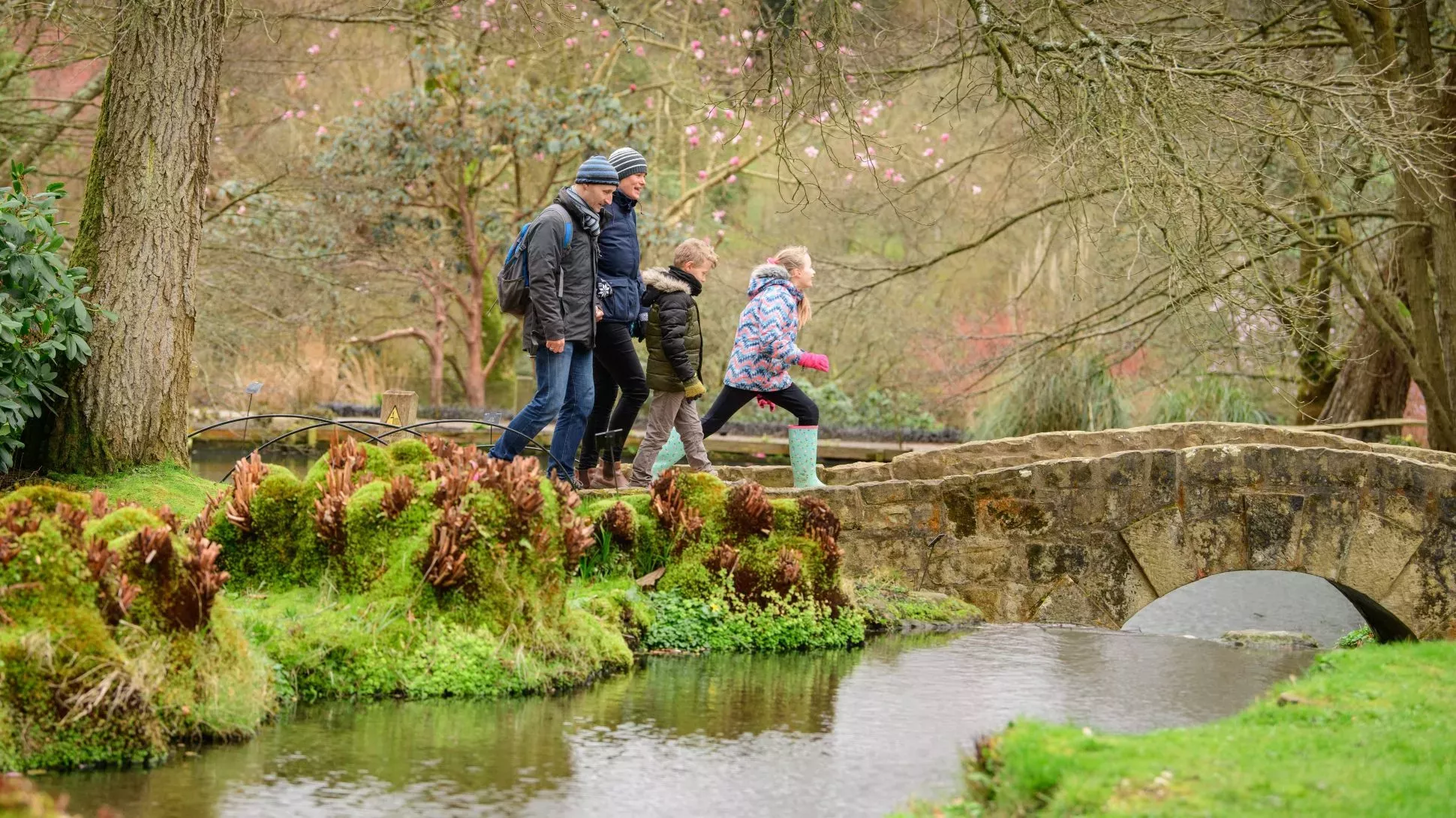
Be a good houseplant parent
One of the best ways to be a plant health champion is to take care of the plants you already have, even turning them into more plants.
If you’ve never tried propagating your houseplants at home, it might be easier than you think.
Many popular houseplants, like devil’s ivy (Epipremnum aureum) and Swiss cheese plant (Monstera deliciosa) can be easily propagated using nothing much more than a glass of water.
A cutting from the correct spot on a plant placed into a vase of water will begin to grow roots in only a few weeks.
You can try something similar with cacti and succulents, removing sections of the plants, drying them and then placing them in compost to root.
Using techniques like these, it’s easy for you to turn one plant into many, all without having to spend anything, or increase your carbon footprint.
With these tips, you too can become a plant health champion, and help our plant friends just as much as they help us!
